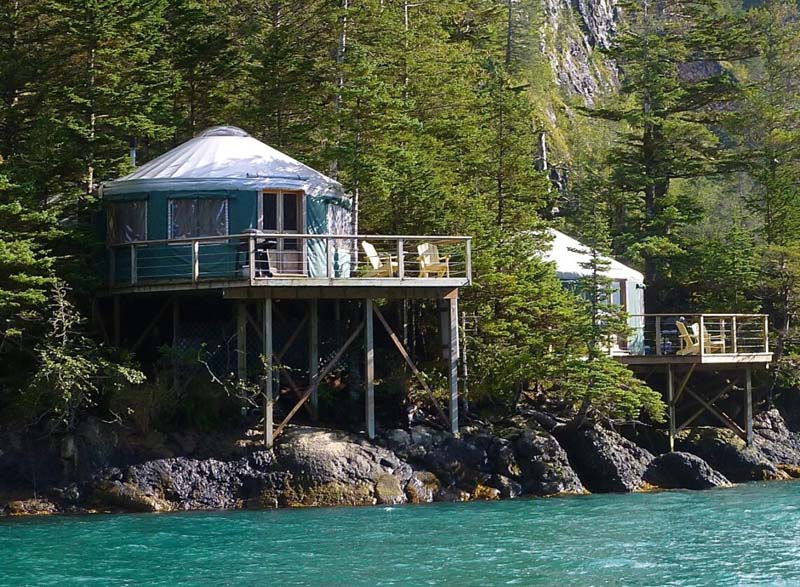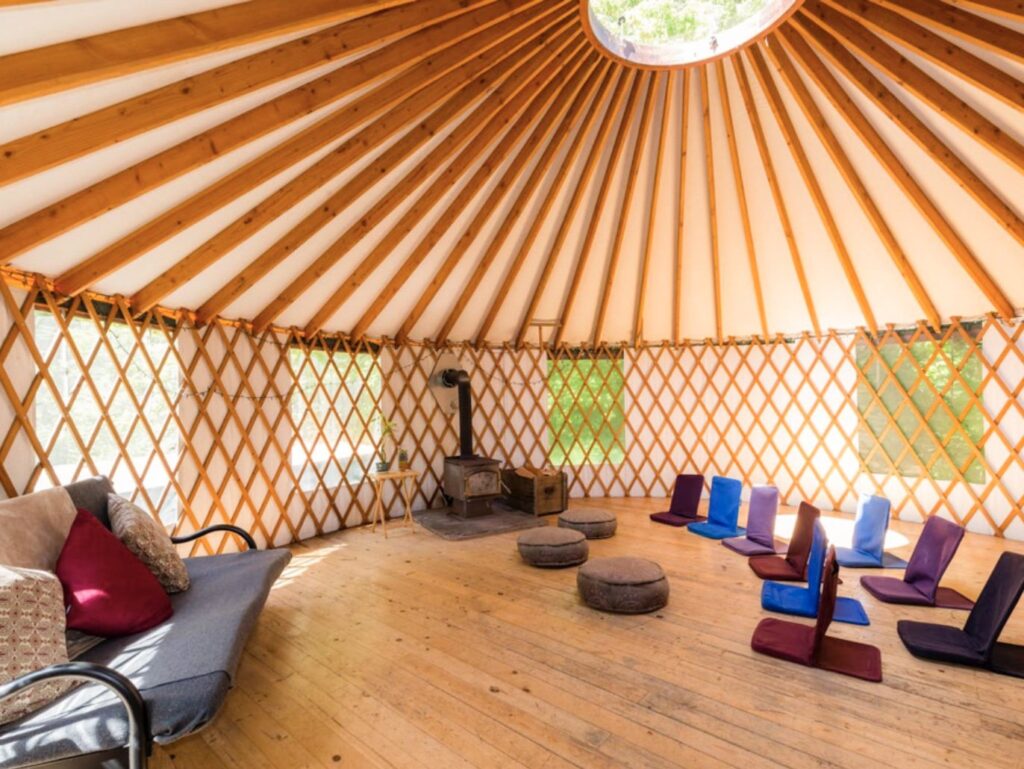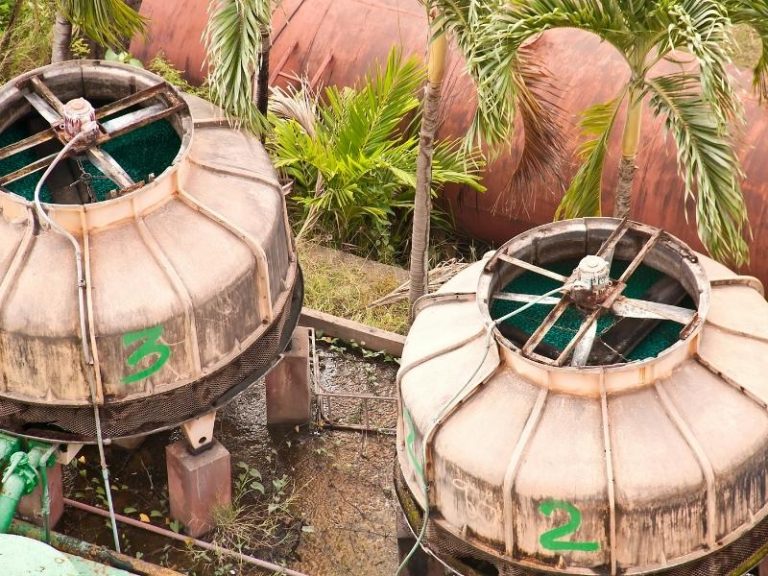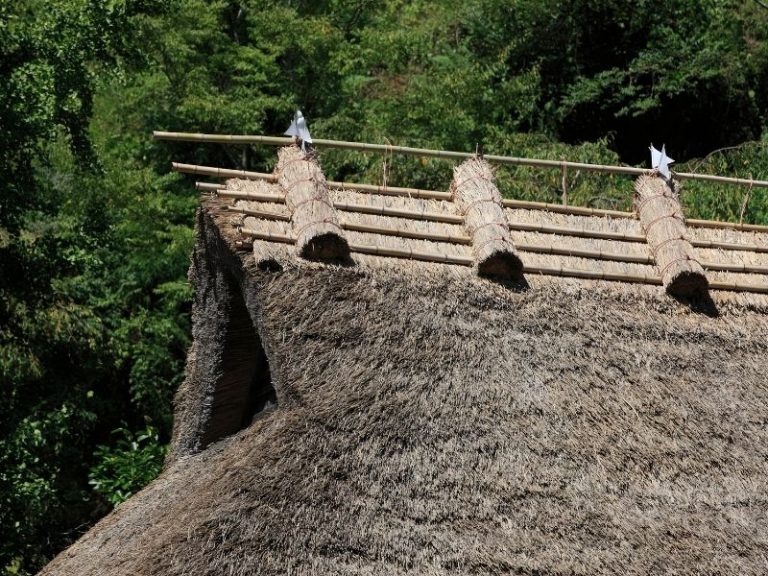What is a Yurt? From Glamping To Living
In a world increasingly seeking sustainable and adaptable living solutions, the ancient yurt tent emerges as a fascinating blend of history, practicality, and modern relevance. From the vast steppes of Central Asia to the modern landscapes of North America, the yurt has evolved while retaining its core design principles. This article delves into the rich history of yurt tents, their cultural significance, modern adaptations, and their growing role in sustainable living and eco-friendly practices.
What is a yurt tent?
The ‘yurt’ (in Turkish), ‘ger’ (in Mongolian), or ‘yurta’ (in Russian) is a portable, dome-shaped tent built with wooden trellis walls and covered with skins or felt.
It has a history that spans thousands of years. The first mentions are as early as 600 BCE. Its origins trace back to the nomadic cultures of Central Asia, where it served as a practical and efficient semi-permanent dwelling for tribes who moved frequently across the vast steppes.
The original craftspeople designed them to withstand diverse and often harsh climatic conditions, from scorching summers to freezing winters. The circular shape provided stability against strong winds, while the building materials offered insulation and protection.
As these nomadic cultures interacted with neighboring civilizations, yurts spread across Asia and into Eastern Europe. The materials and construction techniques may have evolved over time, but the fundamental design remained unchanged.
The origin of yurt tents in the U.S.
The origins of yurts in the United States can be traced back to the 1960s, primarily credited to William Coperthwaite. He was inspired by a National Geographic article about Supreme Court Justice William O. Douglas’s visit to Mongolia. Coperthwaite, fascinated by the design and functionality of these traditional nomadic dwellings he saw in the photos, prompted him to build the first-ever yurt in the U.S.
His efforts popularized the yurt building across North America, leading to a growing interest in yurts as alternative, sustainable, and affordable living spaces. He even submitted and got a patent in 1976 for his yurt design. Then, he offered workshops in his Maine home to anyone interested.
Pacific Yurts, founded in 1978 by Alan Bair, is recognized as the first company to manufacture yurts for a larger audience in the U.S. The company played a crucial role in adapting the traditional yurt design to contemporary needs and materials, making yurts more accessible and famous in the United States and beyond.
Structure and design
The authentic design and craftsmanship of the Kazakh and Kyrgyz people in building yurts have been recognized by UNESCO. In 2014, this traditional skill was added to the Intangible Cultural Heritage of Humanity List. Here is the basic framework of a yurt tent:
- Circular Shape: The round shape of yurts is aesthetically pleasing and structurally efficient, distributing stress evenly across the frame.
- Roof Structure: The roof typically consists of a central crown or compression ring, often skylight-equipped, and roof poles (uni) radiating outward. This design allows for natural light and can support chimney installations for heating.
- Lattice Wall Framework: The walls are made of a collapsible trellis framework, making them easy to dismantle and transport.

Authentic yurts were made with wooden frames and covered with animal skins or felt made from wool. The felt provided excellent insulation and was easily available to nomadic herders.
Contemporary yurts often use canvas or synthetic fabrics for the outer cover and wooden or metal frames. Modern insulation materials, windows, and doors have also been integrated.
Are yurt tents eco-friendly?
Yurts have long been celebrated for their minimal environmental footprint, but whether they are truly eco-friendly depends significantly on the amenities, furniture, and fixtures chosen to outfit them.
Installing multi-functional furniture like sofa beds or loft beds is ideal to maximize space. The use of natural materials, like bamboo or reclaimed wood for tables and chairs, not only adds a rustic charm but also reduces environmental impact.
Modern yurts can be equipped with a range of amenities to increase comfort. Solar panels can be installed to provide a renewable energy source for lighting and small appliances.
For heating, a wood stove can provide warmth but also add a cozy ambiance. In regions with ample sunlight, solar water heaters can be an efficient way to provide hot water.
While traditional yurts may not have kitchen and bathroom facilities, modern adaptations often include these essential spaces. Compact and energy-efficient kitchen appliances are ideal.
Composting toilets are a sustainable option for waste management, and low-flow faucets and shower heads can help conserve water.
Modern uses of yurt tents
Camping and Glamping: Yurts have become a popular feature in the glamping industry besides canvas tents, tipis, and safari tents. They offer a unique blend of rustic charm and modern comfort. They are often used in place of camping tents, but they can be equipped with more luxurious amenities like plush bedding, heating, and sometimes even plumbing and electricity. Here are several yurt glamping sites offered by eco-lodges from all around the world.

Retreats: Many wellness and spiritual retreats use yurts for accommodations or as spaces for meditation and workshops. Their natural, calming aesthetic and connection to traditional lifestyles make them ideal for such settings.
Venture Retreat Center in Northern California is one of the many examples featuring a cozy yurt tent available for booking. It is ideal for intimate workshops, personal retreats, or small group gatherings. This tranquil space, surrounded by natural beauty, offers a unique setting for meditation, yoga sessions, or team-building activities.

Alternative Housing: With a growing interest in minimalist and sustainable living, yurts are being adopted as permanent homes. They appeal to those seeking a simpler lifestyle, closer to nature, and often at a lower cost than conventional housing.
From established corporate yurt builders like Pacific Yurts to artisan family businesses such as Two Girls Farm, who have lived in yurts since 1999 and amassed extensive experience in building and inhabiting them, there are numerous options available nationwide for acquiring a yurt.
Educational and Recreational Spaces: Some schools and community centers use yurts as unique, flexible spaces for classrooms, studios, or recreational areas.
The Riveredge School, an elementary school in Wisconsin and Juniper High Plant-Based Education in Maine are two brilliant examples that yurts can be used as a classroom. Both schools take nature and the environment to the forefront, teaching kids not only the classic curriculum but also integrating experiential learning in unique yurt classrooms.
Emergency and Transitional Housing: Due to their portability and ease of assembly, yurts are also used in disaster relief efforts as temporary housing solutions.
Companies like Shelter Systems are manufacturing emergency relief yurts. Their yurts are known for being drum tight, completely waterproof, and wind-resistant, making them ideal for use in various climates and emergency situations.
Creativity knows no bounds. L.A. Launchpad designs space yurts for the homeless that use foam panels for insulation against the cold winter weather or hot summer sun.
Key advantages of yurt tents
Portability: The collapsible nature of yurts makes them ideal for those who embrace a nomadic lifestyle or for glamping businesses that need to adapt to changing landscapes and seasons. This portability means you can set up a comfortable, homelike environment in various locations, from mountain tops to beachfronts. For glampers, this translates to experiencing diverse natural settings without the hassle of building permanent structures.
Durability: Yurt tents are engineered to withstand diverse and harsh weather conditions, from heavy snowfall to strong winds. This durability ensures a safe and secure living environment, crucial for both long-term living and short-term stays in remote areas. For glampers, this means they can enjoy the outdoors in comfort, knowing they’re sheltered from the elements.
Sustainability: Often constructed with natural or sustainable building materials like wood, canvas, and wool, yurts are a sustainable housing option. This aligns with the growing trend of eco-conscious living and glamping, where minimizing environmental impact is key. For those living in or visiting a yurt, this means a smaller carbon footprint and a closer connection to nature.
Energy Efficiency: The circular design of yurts is not just aesthetically pleasing, but also energy efficient. It promotes even distribution of heat in winter and cool air in summer, reducing the need for excessive heating or air conditioning. It offers comfort with minimal energy use.
Affordability: Generally, yurts are less expensive than traditional homes, making them an accessible option for those seeking affordable housing or for businesses starting a glamping venture. This cost-effectiveness doesn’t compromise on comfort or style, making yurts an attractive choice for a wide range of budgets.
Emese Maczko is a travel blogger behind Eco Lodges Anywhere. Having explored several destinations around Europe, the US, Indonesia, and Australia, and resided in Germany, the United Kingdom, and Luxembourg, Emese possesses a keen understanding of diverse cultures and an appreciation for the beauty of each destination she visits. She advocates for sustainable travel and ecotourism.






